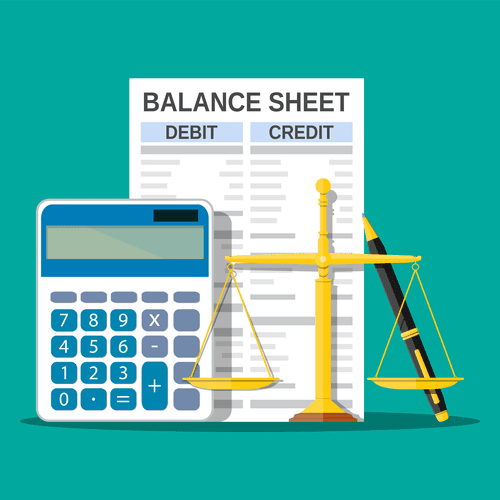
Owners can increase their ownership share by contributing money to the company or decrease equity by withdrawing company funds. Likewise, revenues increase equity while expenses decrease equity. The equation shows how transactions change a company’s financial position. Understanding the main parts of the accounting equation and how to keep it balanced is important. You should also know how to avoid mistakes, analyze transactions, and maintain accuracy with good accounting methods. You need to make adjusting entries to update accounts before preparing financial statements.
Company

The net assets part of this equation is comprised of unrestricted and restricted net assets. The global adherence to the double-entry accounting system makes the account-keeping and -tallying processes more standardized and foolproof. It represents the total profits that have been saved and put aside or “retained” for future use. Accounts receivable lists the amounts of money owed to the company by its customers for the sale of its products.
- That is why the second part of the accounting equation is made up of the claims on company assets.
- These limitations highlight the necessity of using the accounting equation in conjunction with other financial analyses to paint a fuller picture of a company’s economic landscape.
- The owner’s equity is the balancing amount in the accounting equation.
- Accurate reporting facilitated by the accounting equation is vital for compliance purposes.
Assets

This also includes debt that might have been taken by the company in order to arrange for finances. Thus, these problems should be noted by all companies and strict method of valuation and recording of transactions should be done to control such problems. In this illustration, Assets are – Cash, Furniture A/C, and Accounts Receivable; Liabilities are Wage expenses and Service correct accounting equation Revenue. Shaun Conrad is a Certified Public Accountant and CPA exam expert with a passion for teaching. After almost a decade of experience in public accounting, he created MyAccountingCourse.com to help people learn accounting & finance, pass the CPA exam, and start their career. Review and reconcile accounts regularly to ensure all entries are correct.
Accounting Equation Formula and Calculation
Shareholder Equity is equal to a business’s total assets minus its total liabilities. It can be found on a balance QuickBooks ProAdvisor sheet and is one of the most important metrics for analysts to assess the financial health of a company. The accounting equation’s left side represents everything a business has (assets), and the right side shows what a business owes to creditors and owners (liabilities and equity). The equity consists of the contribution of the owner and the retained earnings.
- The totals tell us that the company has assets of $9,900 and that the only claim against those assets is the stockholders’ claim.
- The main premise of the balance sheet in this regard is to show the assets held by the company are equal to the sum of liabilities and equity held by the company at a particular date.
- From evaluating financial performance to ensuring compliance with accounting standards, the equation plays a central role in business operations.
- Borrowing money and making purchases on credit are common practices for companies of every size.
- Obligations owed to other companies and people are considered liabilities and can be categorized as current and long-term liabilities.
- The company’s financial position is reflected as a snapshot of account balances from the balance sheet at the end of a reported accounting period.
- They take their business license down to the bank and transfer $20,000 of their own money into a new business account.
These entries ensure that the accounting equation remains balanced after adjustments for accruals, deferrals, and estimates. Accounting equations help ensure the trial balance accuracy and integrity of financial data. They also play a significant role in audits and financial reviews, where ensuring the accounts balance is a critical task.
Financial

Mastering accounting equations is vital for all accounting professionals. Understanding how equity is determined brings clarity to a company’s overall worth. By grasping key accounting principles, businesses can prevent costly mistakes and use financial insights for smarter decision-making. These concepts aren’t just theoretical—they’re essential for accurate reporting and long-term success.
- Another common misconception is that a balanced equation implies a healthy business.
- The accounting equation also indicates that the company’s creditors had a claim of $7,120 and the owner had a residual claim of $10,080.
- A long-term asset account reported on the balance sheet under the heading of property, plant, and equipment.
- If a business takes out a loan to purchase inventory, both assets and liabilities go up, keeping the equation in balance.
- In this system, every transaction affects at least two accounts.

The $30,000 came from its owner and $20,000 came from the borrowing from the bank. Liabilities are what it owes, and equity is the amount of the company that belongs to the business owner. As the business earns or spends money, equity is adjusted accordingly. Analyze a company’s financial records as an analyst on a technology team in this free job simulation. Recording transactions as they happen reduces the risk of forgetting details or making errors when backtracking later.

